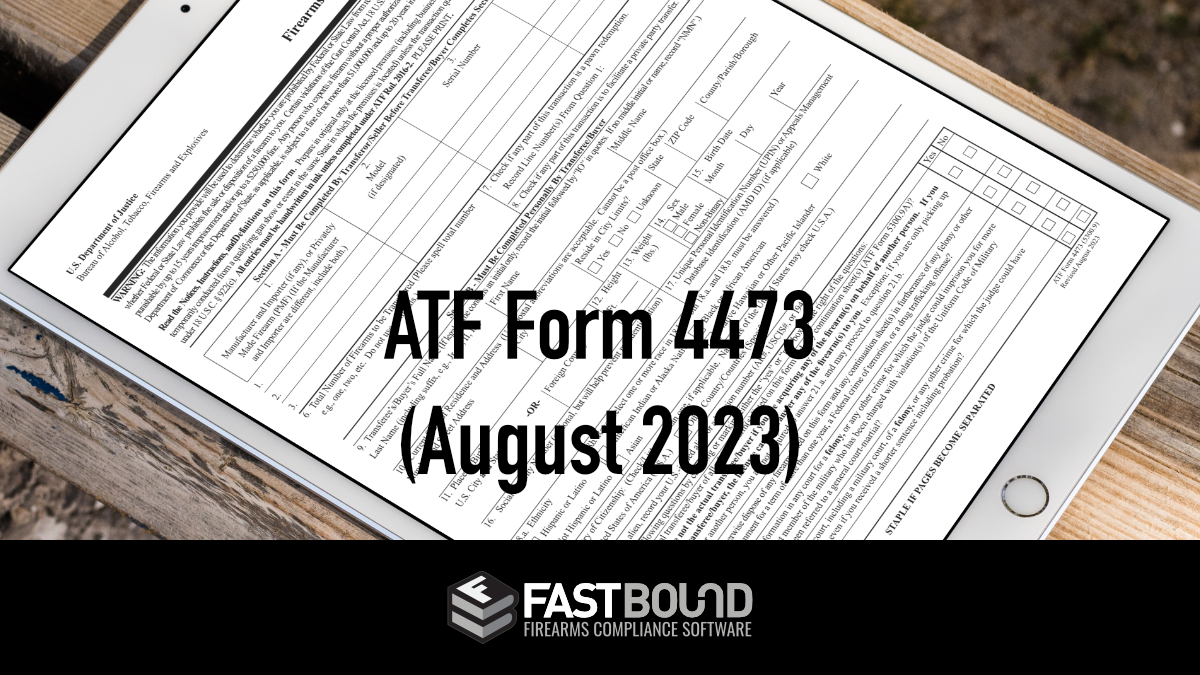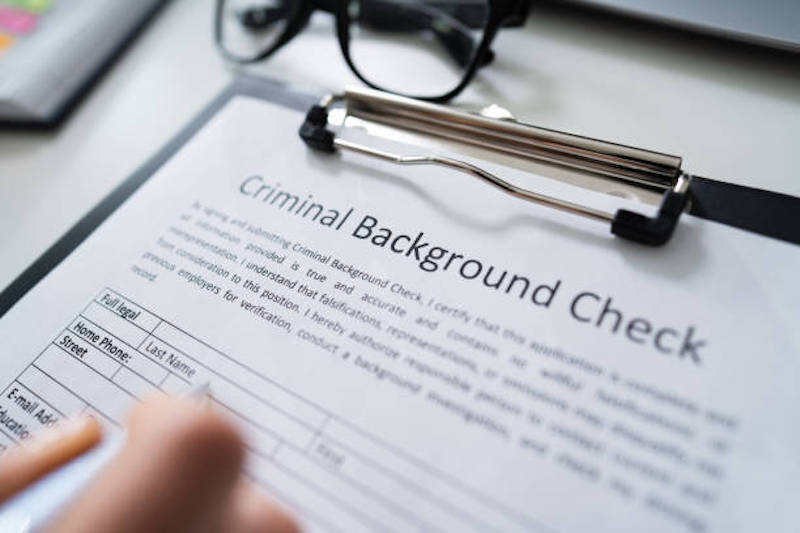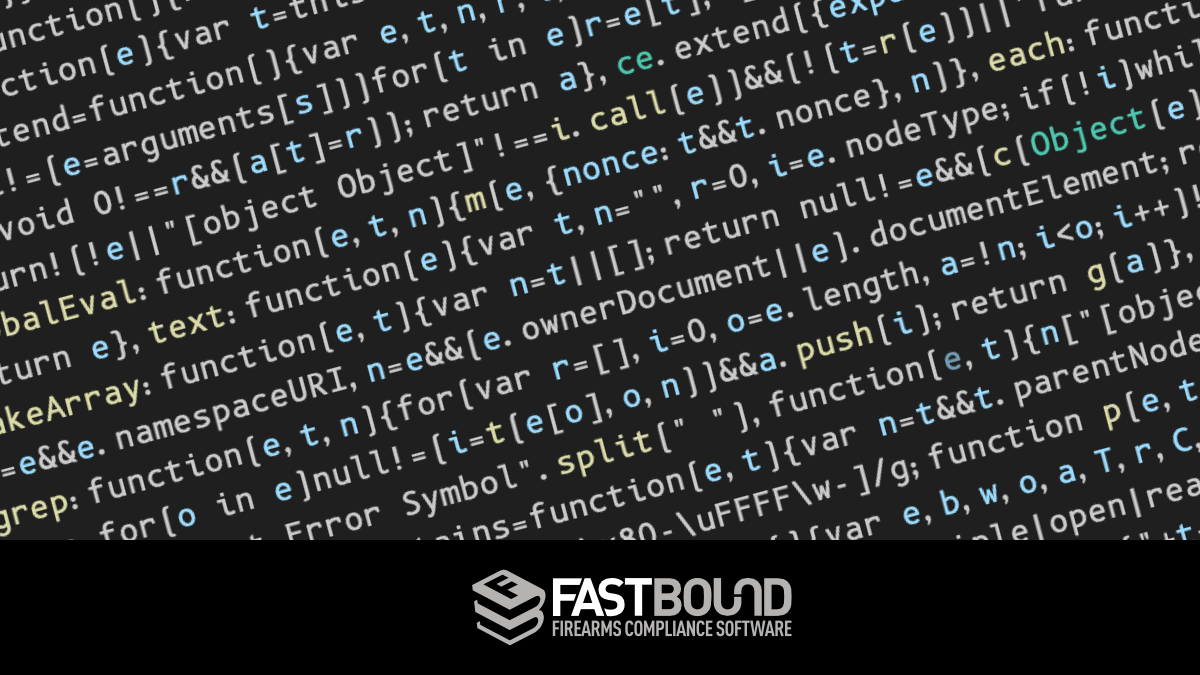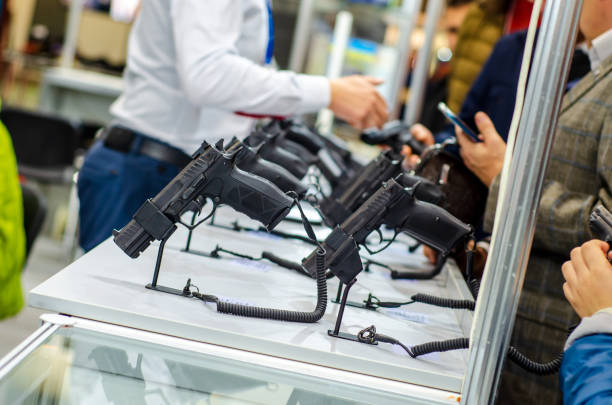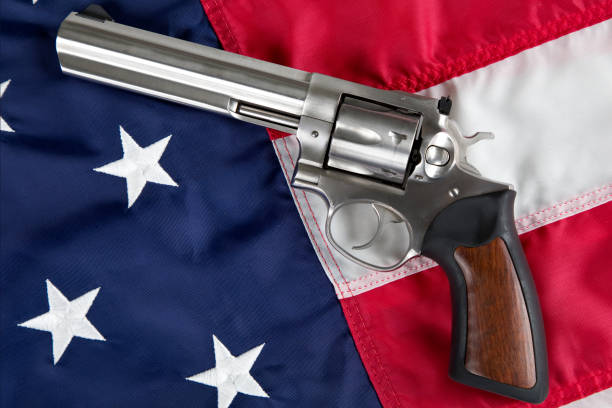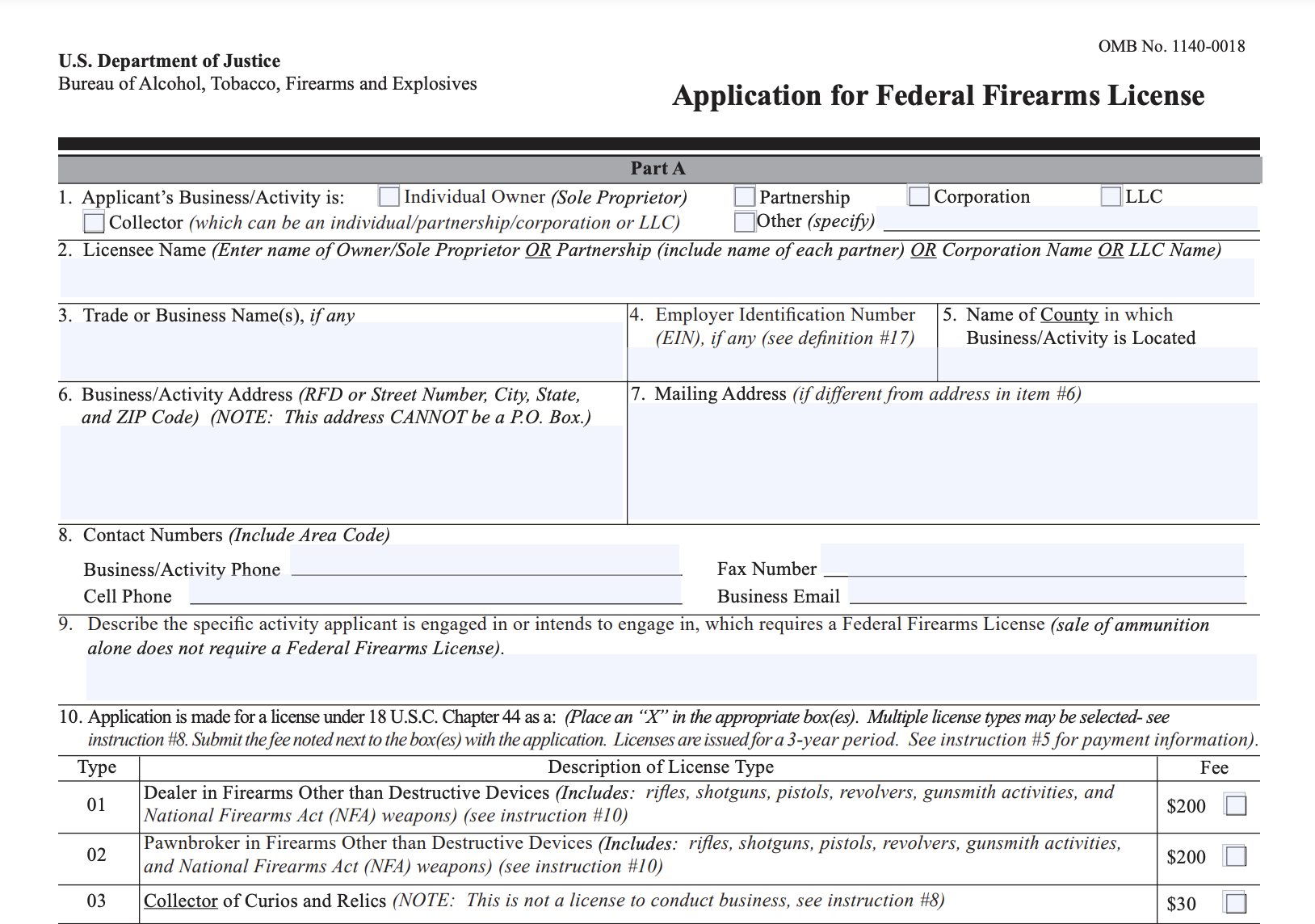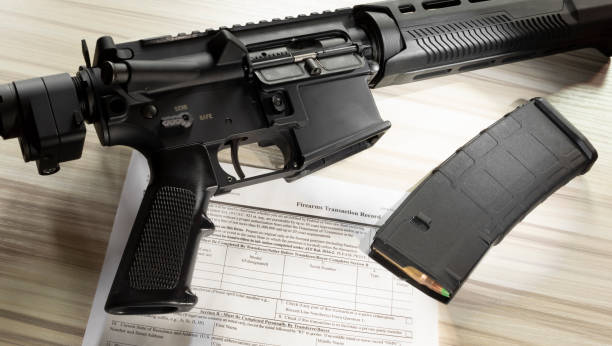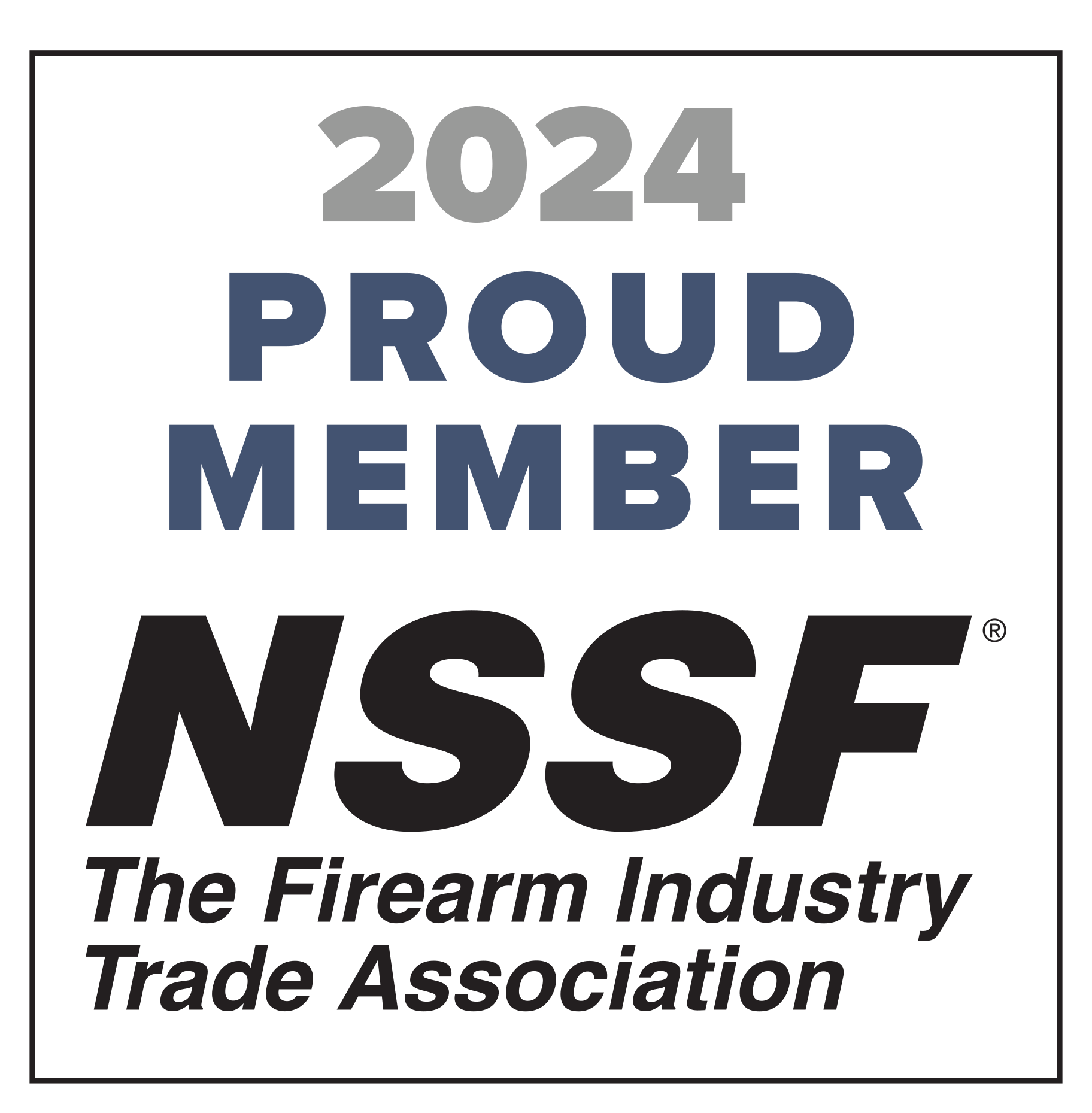A Comprehensive Look at the Revised ATF Form 4473: What FFLs Need to Know
The ATF Form 4473 has long been a critical component in the firearms transaction record, essential for recording crucial firearm information and ensuring lawful firearm transactions. In August 2023, significant changes were introduced to this form, reflecting new legislative action and compliance with law enforcement, ensuring continued public safety. Today, we take an in-depth look at these changes, their implications, and essential details every FFL should know.
What is the ATF Form 4473?
Before going into the specifics of the 4473 update, it is important to understand the basic functions of the ATF Form 4473. This form is a mandatory document used by all firearms dealers in the United States. It serves as a key element in the legal sale and purchase of firearms, acting as a record of the transaction and assisting in the background check process to prevent the acquisition of firearms by a prohibited person. The form is important in maintaining public safety and promoting responsible firearm ownership practices. Overall, ATF Form 4473 is a foundation in the firearm dealer industry, guaranteeing the lawful and responsible transaction of firearms by all.
The Catalyst for Change
Driven by changes in ATF compliance requirements from the NICS Denial Notification Act and the Bipartisan Safer Community Act, as well as the implementation of the ATF Final Rule 2021R-05F, the ATF necessitated the introduction of a new ATF form. Recognizing the urgency of these new statutory requirements, the Office of Management and Budget granted the ATF an emergency authorization to implement the newest version. After a detailed review, the final version was approved for implementation on the ATF’s website.
FastBound emerges as the most reliable and knowledgeable partner for FFLs in navigating through these revisions. With our innovative software solutions, we help firearm dealers achieve ATF compliance, ensuring that users are quickly transitioning to the revised form and staying updated in the firearm industry.
Understanding the Changes: A Section-by-Section Breakdown
In the revised ATF Form 4473, Section A and Section B have seen various changes to enhance clarity in the documentation of firearm information. To facilitate a better understanding of the firearms transaction record modifications, we provide a comprehensive breakdown of the updates section by section.
Section B. Eligibility and Intent
Section B has been restructured to provide comprehensive and clear queries about a buyer’s eligibility, ensuring that no aspect of a buyer’s background is overlooked. This core section, which houses the questions about a buyer’s intent and reason for purchasing firearms, underwent notable alterations regards question 21.b. This question, which addresses the intentions behind a firearm transaction, has been shifted to 21.n. This relocation necessitated the renumbering of subsequent questions and all associated references.
Furthermore, the wording in some questions was refined for clarity, accuracy, and alignment with ATF regulations. Notably, the mention of “or ammunition” was removed from one of the questions, and instructions were amended to provide clearer guidance for U.S. citizens and nationals.
Section C: Firearm Transaction Specifics
This section, central to firearm dealers and purchasers, details the specifics of the firearm transaction. Significant changes include the addition of clarifying examples, adjustments to the language surrounding the National Instant Criminal Background Check System (NICS) responses, and updates to the transferor’s certification for transferees under the age of 21.
Section E: Transferor Certification
The certification by the individual handling the firearm’s transfer saw a crucial change in wording concerning the NICS check, ensuring compliance within 30 business days from the initial NICS contact.
Notices, Instructions, and Definitions for Enhanced Clarity
The entire form’s backbone, the instructions, received multiple updates to enhance clarity and ensure they align with the renumbered and revised questions. The incorporation of these new questions and revisions of existing ones ensures that a comprehensive background check is performed. From grammatical corrections like changing “bonafide” to “bona fide” to more substantive changes in guidance related to prohibited persons and misdemeanor crimes, the instructions have been meticulously revamped for clarity and compliance. Clarity in instructions is crucial for avoiding anything that might lead to non-compliance with federal law.
Changes to the New Form
Section B
Question 21.b:
- “Do you intend to purchase or acquire any firearm listed on this form and any continuation sheet(s) or ammunition, for sale of other disposition to any person described in questions 21(b)-(l) or to a person described in question 21.m.1 who does not fall within a nonimmigrant exception?” has been moved and is now question 21.n.
- As a result of this relocation, the numbering for all other questions below 21.a. has changed (e.g. 21.c. is now 21.b., 21.d. is now 21.c., etc.). Accordingly, references to these questions throughout the form have been renumbered.
Question 21.b (Formerly Question 21.c., relocated):
- Previously read “Do you intend to sell or otherwise dispose of any firearm listed on this form and any continuation sheet(s) or ammunition in furtherance of any felony or other offense punishable by imprisonment for a term of more than one year, a federal crime of terrorism, or a drug trafficking offense?”. The question now reads “Do you intend to sell or otherwise dispose of any firearm listed on this form and any continuation sheet(s) in furtherance of any felony or other offense punishable by imprisonment for a term of more than one year, a Federal crime of terrorism, or a drug trafficking offense?”
- “or ammunition” has been removed from the question.
Question 21.m.1:
- Removed the instruction (U.S. citizens/nationals leave 21.n.1 and 21.n.2 blank).
Questions 21.m.2:
- Reworded to state “if you answered yes to questions 21m.1., do you fall within any of the exceptions stated in the instructions.”
Transferee Certification Statement:
- The third sentence previously read “I understand that a person who answers “yes” to any of the questions 21.b. through 21.l. and 21.n. is prohibited from receiving or possessing a firearm”. The question now reads “I understand that a person who answers “yes” to any of the questions 21.b. through 21.l. as well as 21.n. is prohibited from receiving, possessing, or purchasing a firearm.”
Section C
Question 24 Category of Firearm(s) to be Transferred:
- Added “i.e.” before rifle. Added “e.g.” before frame.
Question 27.c. Response Provided by NICS:
- Added “(date)” after “The firearm(s) may be transferred on ________”.
Question 27.d Prior to Transfer the Following Response was Provided:
- Sentence changed from “and may be transferred on ___ (date)” to now read “Transfer of the firearm may occur on ___ (optional).”
Section E
Transferor Certification
- Changed the last sentence of the Certification statement to “If this transaction required a NICS check, I further certify that this firearm(s) transfer is within 30 days from the date of NICS contact.”
Notices, Instructions, and Definitions
Instructions for Section A.
Question 8 Private Party Transfer
- Instructions page 4, Question 8. Private Party Transfer, first sentence: After “…in accordance with Procedure 2020-2…”, added “or subsequent update”.
Instructions for Section B.
Question 10 Current Residence Address
- Instructions page 4, Question 10. Current Residence Address, end of first paragraph: Added the sentence: “In these instances, the Armed Forces member must answer “Reside in city limits?” only for their residence address”.
Question 21a. Actual Transferee/Buyer
- Instructions page 4, Question 21.a. Actual Transferee/Buyer, first paragraph, second sentence: Changed “bonafide” to “bona fide”.
Questions 21.c.-21.m. Prohibited Persons
- Instructions page 5, Questions 21.c.-21.m. Prohibited Persons: Question instructions have been newly associated with their corresponding (renumbered) order.
Question 21.c.-21.m. Prohibited Persons
- Instructions page 5, Questions 21.c.-21.m. Prohibited Persons, first paragraph, first sentence: Reworded the portion regarding misdemeanor crime of domestic violence to now read “convicted of a misdemeanor crime of domestic violence under Federal, including a general court-martial, State or Tribal, or local law;”.
Question 21.j. Misdemeanor Crime of Domestic Violence
- Instructions page 5, Question 21.j. Misdemeanor Crime of Domestic Violence:
- First paragraph, first sentence: the word “Tribal” was properly capitalized.
- First paragraph, second sentence: the entire word “EXCEPTION” was capitalized in the portion that reads: “(See EXCEPTION to 21.c. – 21.m.)”
- First paragraph, last sentence: the first itemized portion of the sentence was changed from “(1) the person was represented by a lawyer and gave up the right to a lawyer;” to now read “(1) the person was represented by a lawyer or gave up the right to a lawyer”.
Question 21.m. Immigration Status
- Instructions page 5, Question 21.m. Immigration Status: Added a new first sentence that reads “If you are a U.S. citizen/national, it is appropriate to answer “No” to question 21.m.1. and to leave question 21.m.2 blank.”
Instructions for Section C.
Question 27 NICS Background Checks
- Instructions page 6, Question 27. NICS Background Checks, second paragraph, first sentence: The sentence portion was revised from “…the transferee/buyer answered “yes” to questions 21.b. – 21.l. and 21.n…” to now read “…the transferee/buyer answered “yes” to questions 21.b. – 21.l. as well as 21.n…”
FastBound’s Commitment to ATF Compliance
FastBound’s innovative solutions offer optimized access to the newest version of ATF Form 4473. It provides a user-friendly interface, ensuring the electronic form aligns perfectly with the ATF’s website, allowing FFLs to download the form for immediate use. It ensures seamless integration with the ATF’s compliance requirements, providing real-time updates and ensuring FFLs are always using the most current form, avoiding the complications that were associated with using the form’s previous version.
The revisions to the ATF Form 4473 aren’t just a bureaucratic update; they’re reflective of a broader initiative by the federal government and the Biden administration to enhance public safety throughout the firearms industry in the United States. FFLs are at the frontlines of this initiative. By understanding, adopting, and diligently adhering to the 4473 update, they play a pivotal role in safeguarding communities and upholding firearms transactions within the framework of federal and state laws.
Enhance Your Knowledge with the 4473 Update
For FFLs, the clock is ticking. The revised ATF Form 4473 will become mandatory for use by February 1, 2024. It’s crucial for those in the business of firearms to familiarize themselves with the new form, ensuring they continue to operate within federal law and ATF regulation. For any questions or concerns regarding the ATF Form 4473 update, federal firearms licensees can reach out to the local ATF Industry Operations office.
The ATF Form 4473 update emphasizes the ongoing commitment of the federal government to balance the Second Amendment rights with public safety imperatives. As the dynamics of the nation evolve, the tools and regulations that govern firearm transactions must also adapt to this change. Through collaboration, diligence, and adherence to these revised guidelines, FFLs and the public at large can work towards a safer tomorrow.
